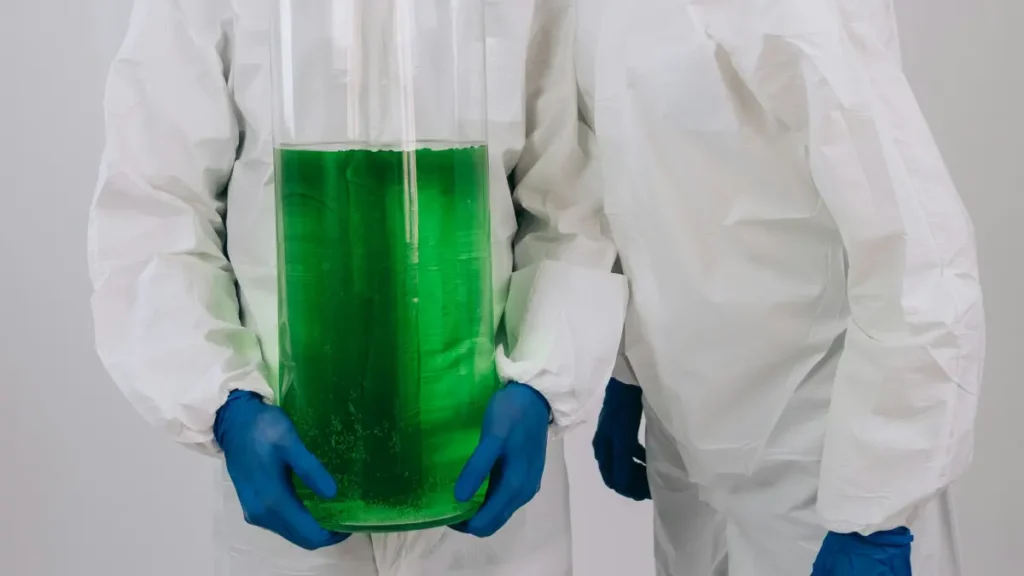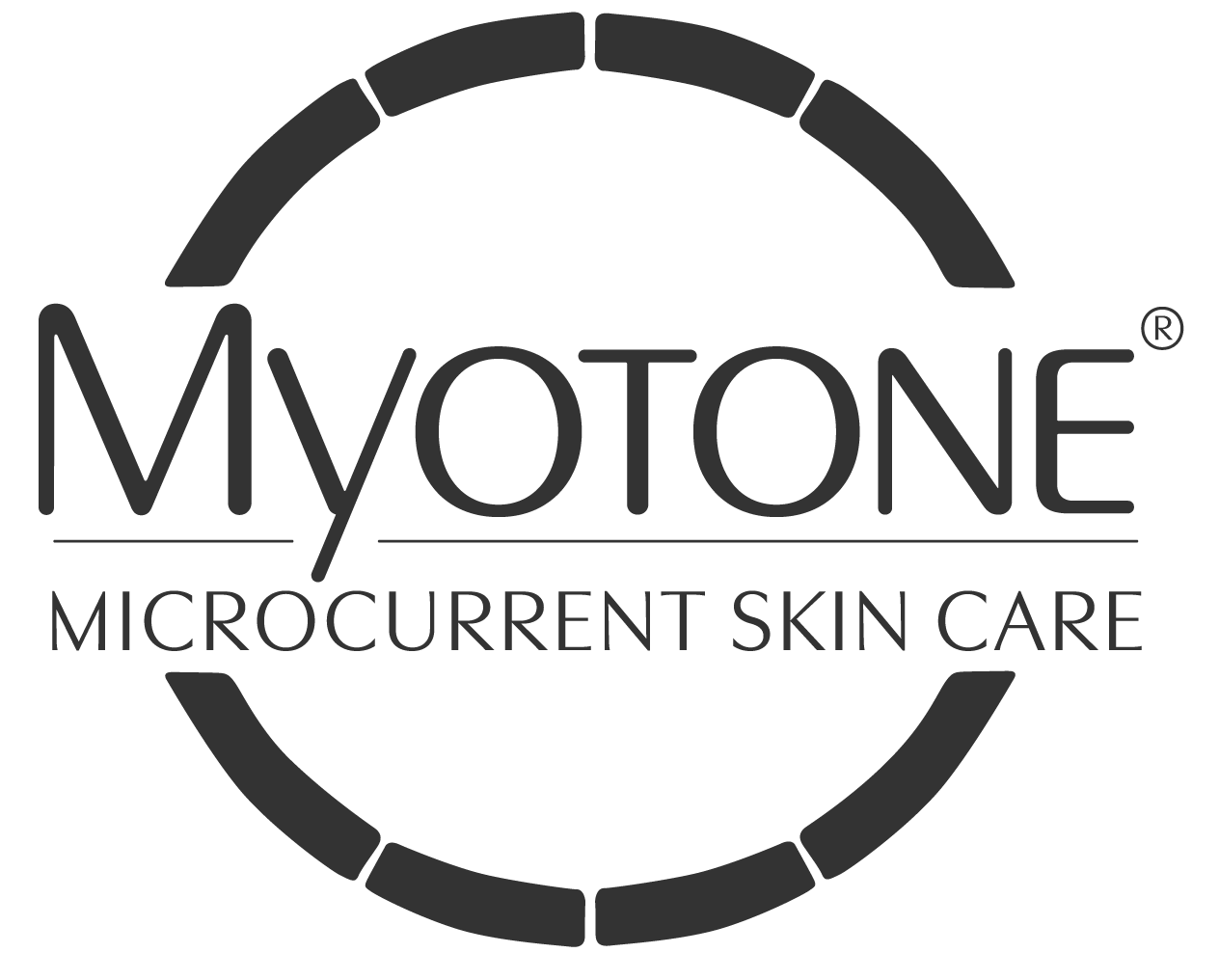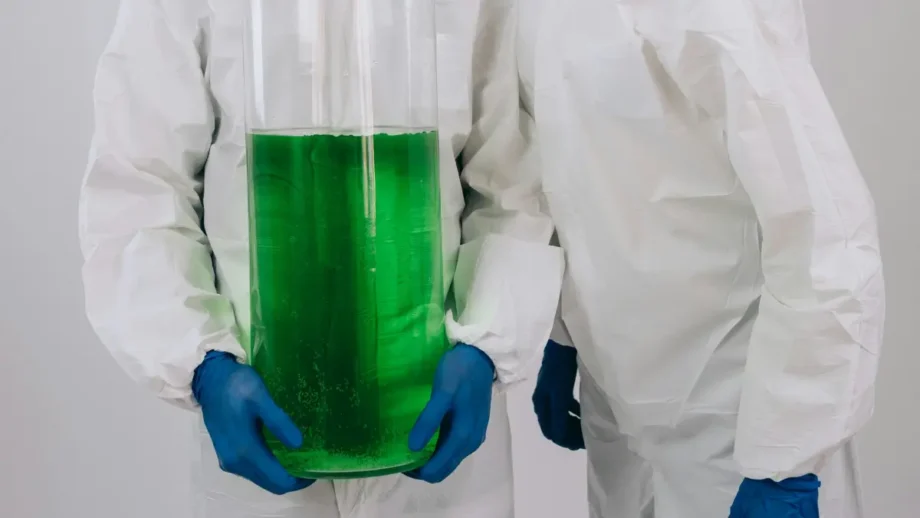When it comes to skincare, certain ingredients are universally recognized for their effectiveness. Retinol, vitamin C, and hyaluronic acid often steal the spotlight, but there’s another powerhouse ingredient that deserves your attention: azelaic acid. This multitasking marvel offers a wide range of benefits, making it a must-have in your skincare routine. Whether you’re dealing with acne, rosacea, hyperpigmentation, or simply seeking a smoother complexion, azelaic acid could be the solution you’ve been searching for.
What Is Azelaic Acid?
Azelaic acid is a naturally occurring dicarboxylic acid found in grains like barley, wheat, and rye. It’s also produced by the yeast that naturally lives on your skin. In skincare, azelaic acid is typically used in concentrations ranging from 10% to 20% and is available in over-the-counter and prescription formulations.
The Benefits of Azelaic Acid
1. Fights Acne
Azelaic acid is best known for its acne-fighting properties. It works by reducing the growth of acne-causing bacteria on the skin while simultaneously exfoliating the pores to prevent new breakouts. Unlike some harsher acne treatments, azelaic acid is relatively gentle, making it suitable for those with sensitive skin.
2. Reduces Redness and Inflammation
If you struggle with redness or rosacea, azelaic acid might become your new best friend. Its anti-inflammatory properties help to calm the skin, reducing redness and swelling. This makes it particularly beneficial for those dealing with conditions like rosacea, where inflammation is a primary concern.
3. Evens Skin Tone
Hyperpigmentation, or dark spots, can be caused by sun exposure, acne scars, or hormonal changes. Azelaic acid helps to lighten these dark spots by inhibiting the enzyme tyrosinase, which is responsible for melanin production in the skin. Over time, regular use of azelaic acid can lead to a more even skin tone and a brighter complexion.
4. Improves Skin Texture
Azelaic acid gently exfoliates the skin, promoting cell turnover. This not only helps to unclog pores but also smooths out rough texture, giving your skin a softer and more refined appearance. It’s a great option for those looking to improve the overall texture of their skin without the harshness of stronger exfoliants.
5. Antioxidant Properties
In addition to its other benefits, azelaic acid also offers antioxidant protection. This means it helps to neutralize free radicals, which can damage the skin and accelerate the aging process. By incorporating azelaic acid into your routine, you’re adding an extra layer of defense against environmental stressors.
How to Incorporate Azelaic Acid Into Your Skincare Routine
Azelaic acid is versatile and can be used in the morning or evening. Here’s how to incorporate it into your routine:
- Cleanse: Start with a gentle cleanser to remove dirt, oil, and makeup.
- Tone (Optional): If you use a toner, apply it after cleansing.
- Apply Azelaic Acid: Apply a thin layer of azelaic acid to your face, focusing on areas of concern.
- Moisturize: Follow up with a moisturizer to keep your skin hydrated.
- Sunscreen (Morning): If you’re applying azelaic acid in the morning, be sure to finish with a broad-spectrum sunscreen to protect your skin.
Who Should Use Azelaic Acid?
Azelaic acid is suitable for most skin types, including sensitive skin. It’s particularly beneficial for those struggling with acne, rosacea, or hyperpigmentation. However, as with any new skincare ingredient, it’s a good idea to start with a lower concentration and patch-test the product to ensure your skin tolerates it well.
Conclusion
Azelaic acid may not be as well-known as some other skincare ingredients, but it’s just as effective—if not more so—in treating a variety of skin concerns. Whether you’re dealing with stubborn acne, redness, uneven skin tone, or rough texture, azelaic acid can help you achieve a clearer, brighter, and more even complexion. Give this underrated hero a try, and you might just find that it becomes a staple in your skincare routine.
Want to enhance your results? Consider pairing azelaic acid with a microcurrent facial using the Myotone device for an even smoother, more lifted appearance. The combination of azelaic acid’s skin-perfecting benefits and microcurrent’s toning effects can give you the radiant skin you’re dreaming of.

This article is brought to you by

Learn More ⭢



